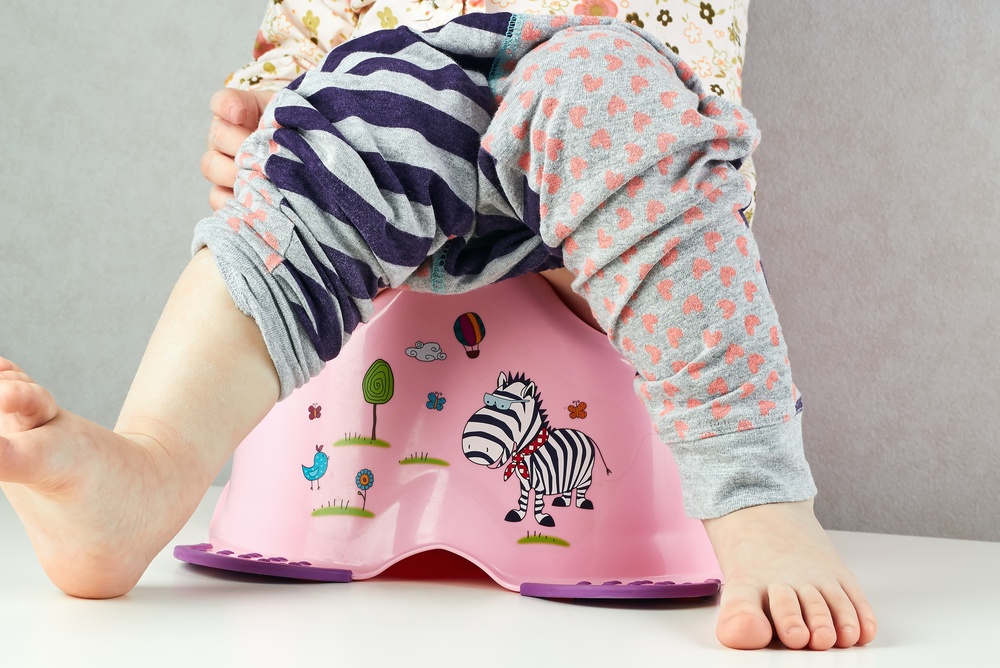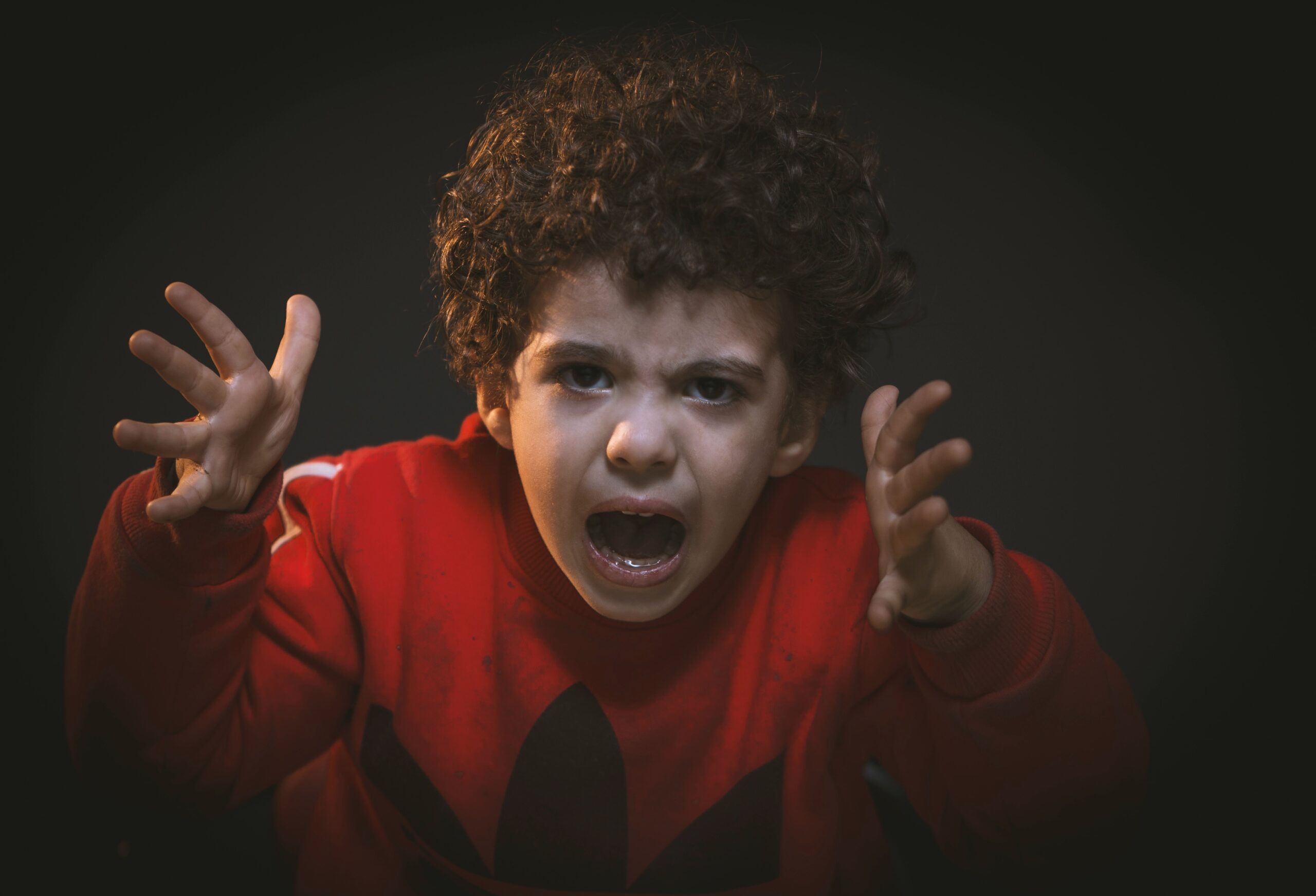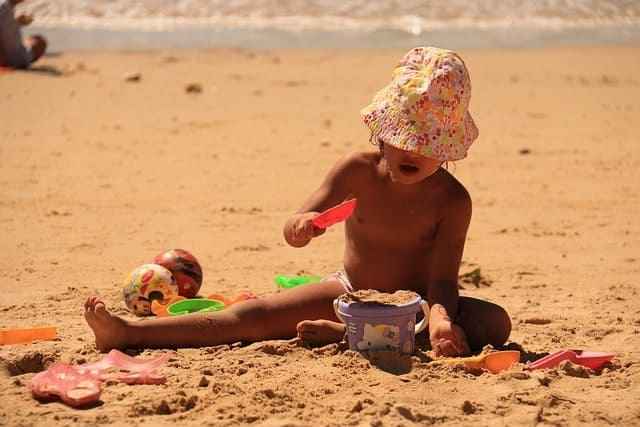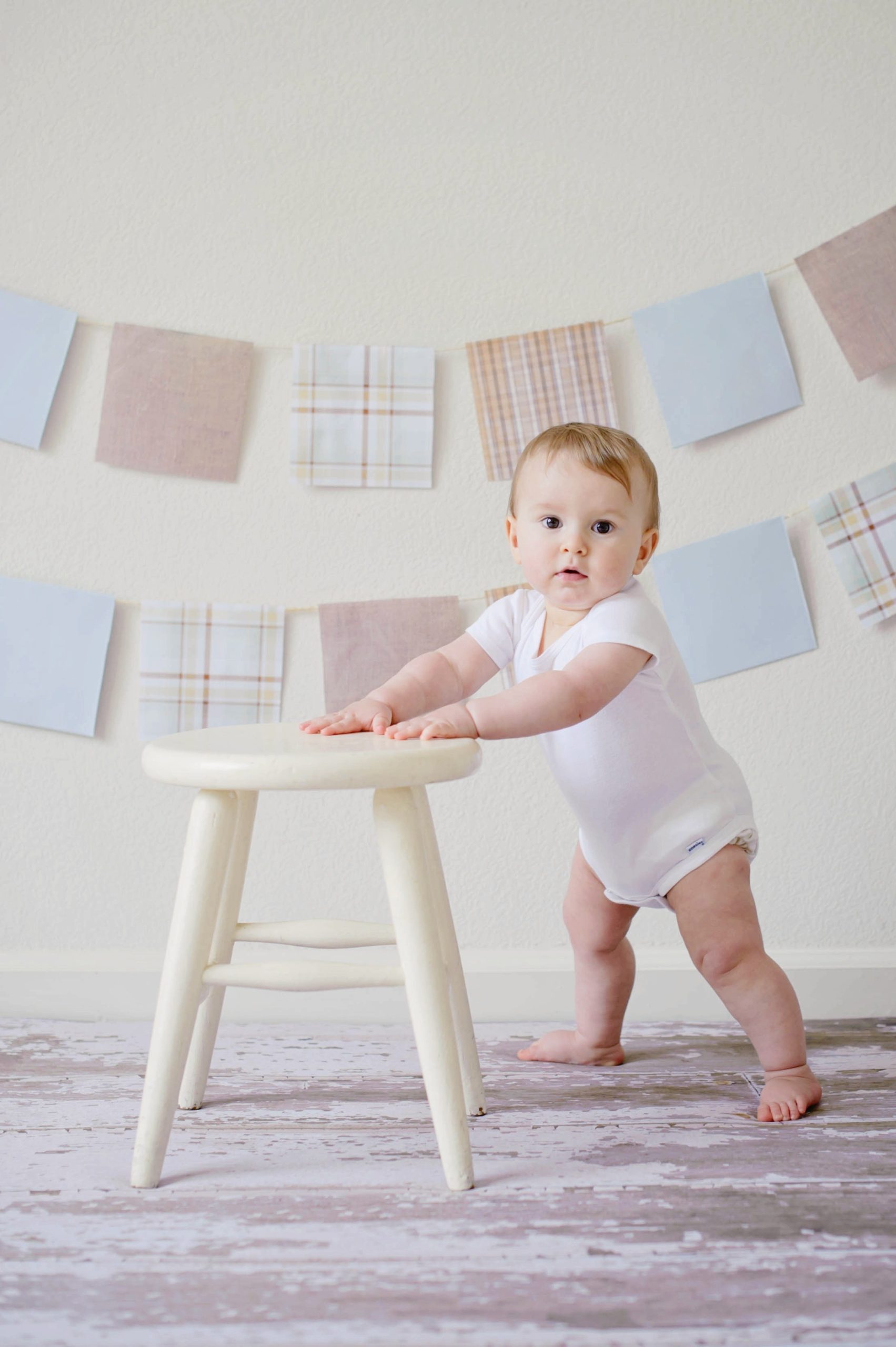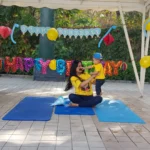When should you start potty training child is a big question for all parents, but there is no correct answer to this. It’s a big milestone for all the kids. Every child is different when it comes to potty training. It doesn’t mean that if you are ready to potty trained your child, he or she is also ready. It is always best to wait until your child shows some sign of readiness rather than pressurizing him/her to start the process early. There is no defined deadline by which toddler should be potty trained. It’s a milestone that each child achieves whenever they are ready like other development and milestones.
Potty training is a process that requires your little one to develop a complex set of skills. Learning how to use potty might be easier if your child is little older but rather than focusing on age, it is always best to focus on some signs of readiness. Starting potty training before your child is ready can backfire and lead to frustration for everyone involved. This way it can take longer to complete.
Table of Contents
14 sign of readiness that will tell when should you start potty training
You might see signs that your child is ready for potty training from about two years on. Some children show signs as early as 18 months, and some might be older than two years. Here are 15 signs of readiness that shows your child is ready for potty training.
1. Less wet diapers than before
If your child is using less diapers that means his bladder capacity and control are increasing, which is very important for potty training. This means child is physically ready to start this process and time to stop the diapers.
2. Follow basic instructions to start potty training
When you want your child to learn some new skill, it is very important for them to follow instruction. This is a basic requirement, so that they can understand and follow what you are trying to explain. For kids this a very challenging process and it involves many steps like noticing the urge to go, finding the bathroom in time, turning on the light, pulling down pants and underwear, sitting on the potty, going, wiping, flushing the toilet, then washing their hands. And this is not simple to understand if they can’t follow the instructions properly.
3. Child can pull pants up and down by himself
To start potty train, your child must be able to easily pull their pants up and down. Dressing and undressing themselves is a part of motor skill, some kids master it early but some can take time. Try to avoid tight clothes that they can pull up and down while potty training, so that they can adopt the process comfortably. Additionally, letting them choose the clothes they want to wear may make them more motivated to keep these items clean and dry.
4. Try to tell when he needs to go
Look, whether your child is aware when he wants to go for poop, instead of using your own ability to notice their body language and face expression. If a child isn’t really aware of what they are doing, they are unable to control the process of doing it. Some clear sign by the child can be like:
- Pointing towards bathroom
- Points to or touch their diaper as they are peeing or pooping.
- Try to tell by making some noise while pooping and peeing and so on
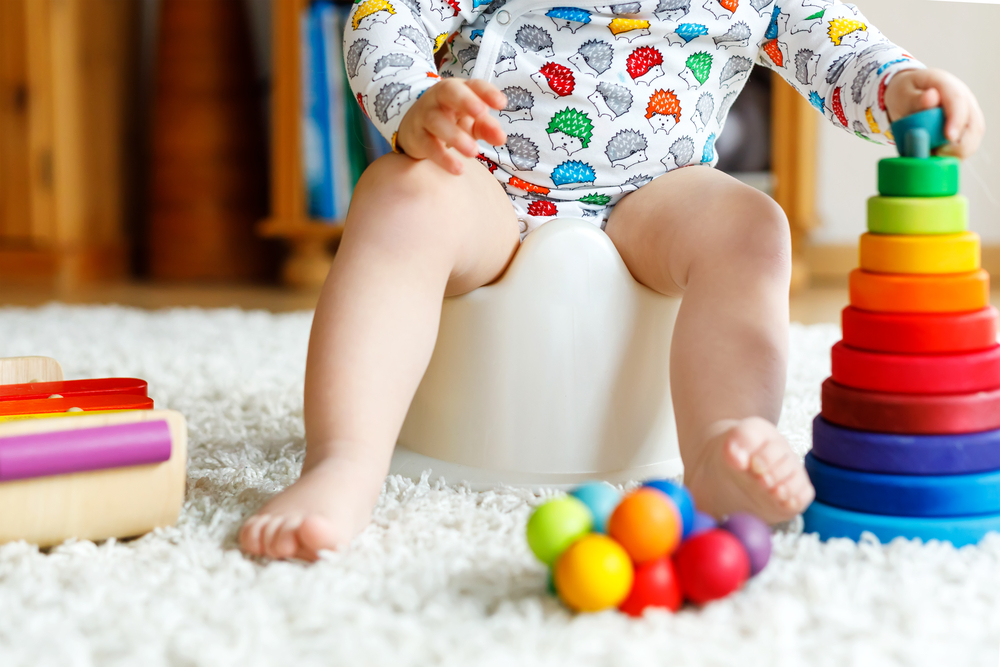
5. Can sit well on potty seat
If your child is sitting well and comfortably on a potty seat then it’s a good sign. He should be able to sit down on—and get up from—a potty chair.
6. Predictable schedule of poop
Some kids have their predictable schedule of going for poop, in such cases it is very easy to potty train them. You can take them to the toilet on their time and motivate them to use potty seat for the process. All kids are different, but once they have a more predictable bowel movement it makes it a lot easier to help them remember to go potty and get them there on time.
7. Show interest in the potty training while others go
When your child shows an interest and desire to learn to use the potty, you can explain them the process and start potty training. If they are curious about what you are doing when you go to the bathroom, want to wear big kid underwear, interested in staying dry and clean etc. that means they are showing interest in this.
8. Can sit still and engage in one activity for 15 to 20 minutes
Using the toilet, especially to poop, requires a bit of patience. Your child should be able to sit and engage in an activity for several minutes without becoming distracted or irritable. To help your child stay on the potty, you can give them their favorite books, toys or anything so that they can sit still for some time.
9. Stay dry for longer than 2 hours and awaking dry after nap
This is noticeable especially after a nap or night time. Kids that start dry for longer periods of time during the day are often ready to start potty training. Once they can go all night with dry diapers that means they are ready to sleep without diaper at night also. When your child stays dry for two hours or more when awake and/or wakes up with dry diapers, it shows that their bladder capacity and control are increasing, which are important for toilet training.
10. Child start disliking diapers
some kids starts disliking diapers after a certain time and refuse to wear. Toddlers that don’t like messy diapers and try and pull it off or point at it or pull at it are often ready for potty training.
11. Regular and soft bowel moments before starting potty training
If your child is having regular and soft bowel, you can start their potty training. Never start this process if they are having constipation or diarrhea, as this will create only complications. First try to treat constipation and diarrhea because some kids can experience normal constipation while potty training and this will only worsen their situation.
12. Hiding when going to bathroom
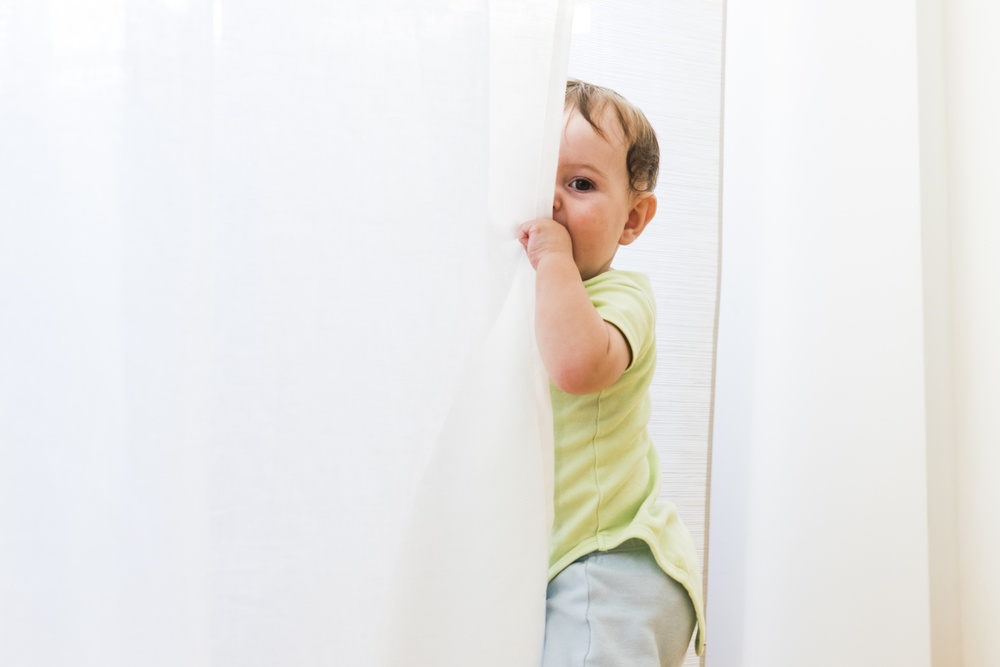
Some kids have a habit of hiding behind the curtain, couch while they are pooping. They want some private space for the process and get upset when someone notices them. This shows that they are ready to start potty training.
13. Try to become independent and understand bathroom lingo
When your child shows some signs of independence like saying no often, or saying I can do by myself and show interest in doing things by themselves, these can also be displayed as an interest in trying new things. If your child can make the connection between having the urge to pee or poop and going to use the potty, and can understand lingo like “pee” and “poop”, that means he is ready to start learning this new skill.
What are the qualities of a good mother? Read to know
14. Can walk well when there is an urge to go and try to control it until reaches the bathroom
The urge to use the bathroom is often sudden in toddlers and a potty isn’t always a few steps away. So, it’s important for your child to be able to make it to the toilet before an accident occurs. Make sure that they are not struggling to walk and run before starting the process.
Key points to keep in mind before starting potty training toddler
Here are some key points to keep in mind
- Try to start toilet training when there are no big changes coming up for your family.
- Make sure you have all the equipment for the toilet training.
- Children might be ready for toilet training if they have dry nappies for up to two hours and check for the above mentioned signs of readiness.
- If your child is going through changes or stressors, like a transition to a new home, a divorce, or having a new baby in the house, you may want to hold off on potty training.
- Toilet training can take days, months or weeks. Be patient and keep encouraging your child.
